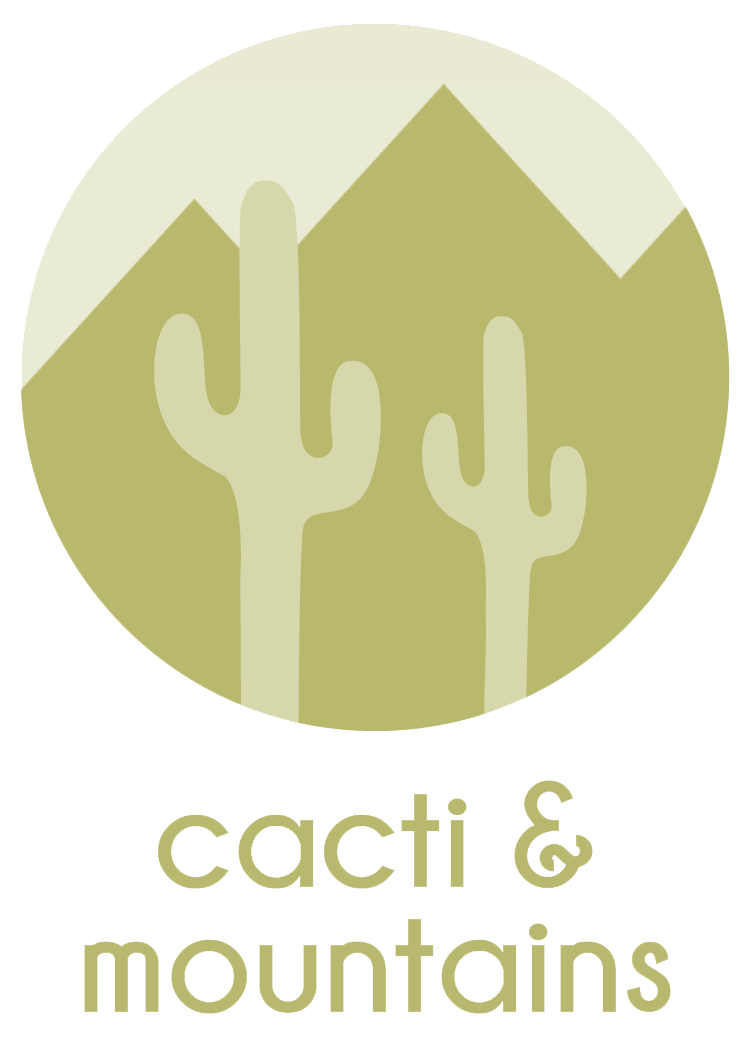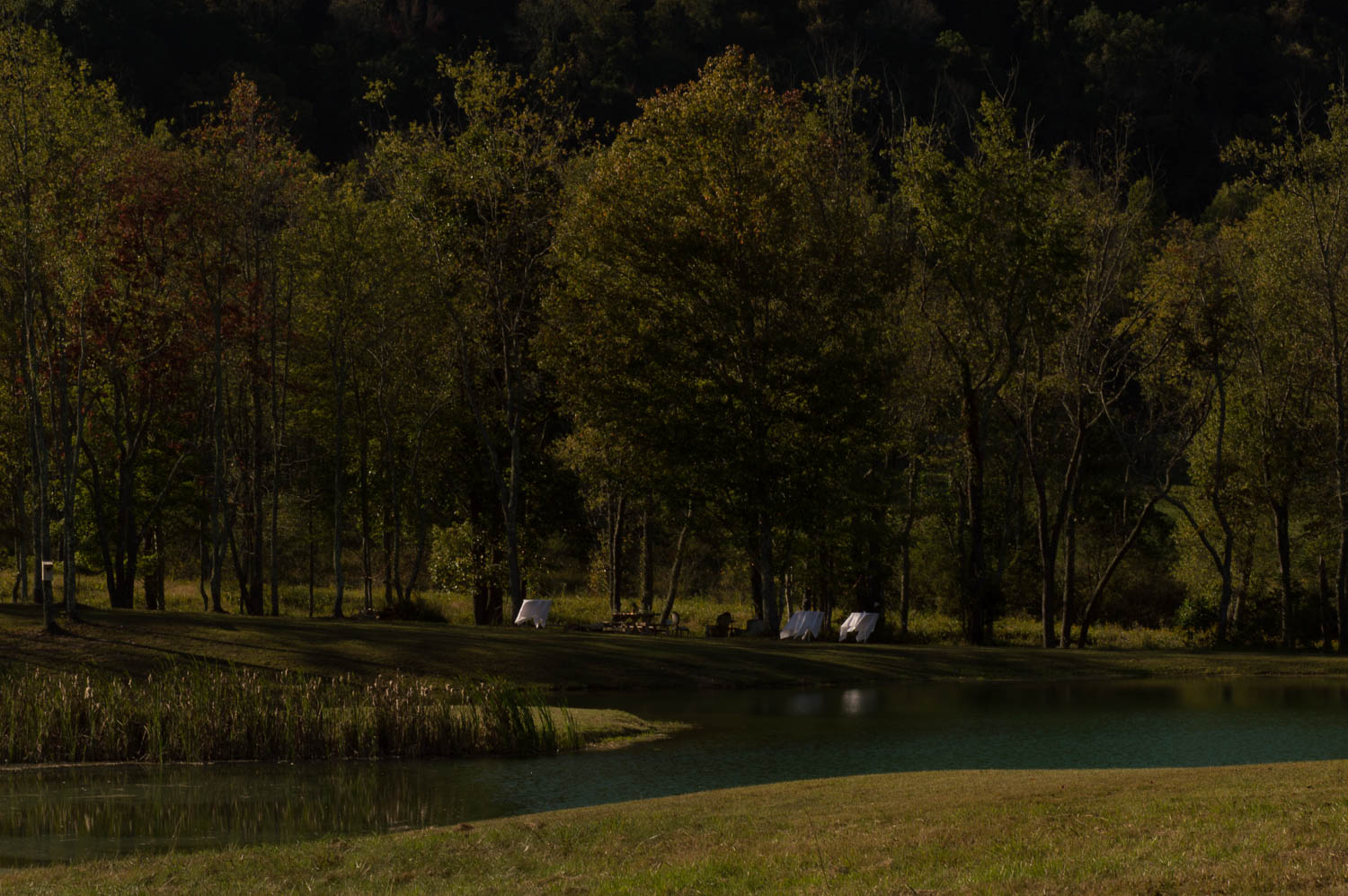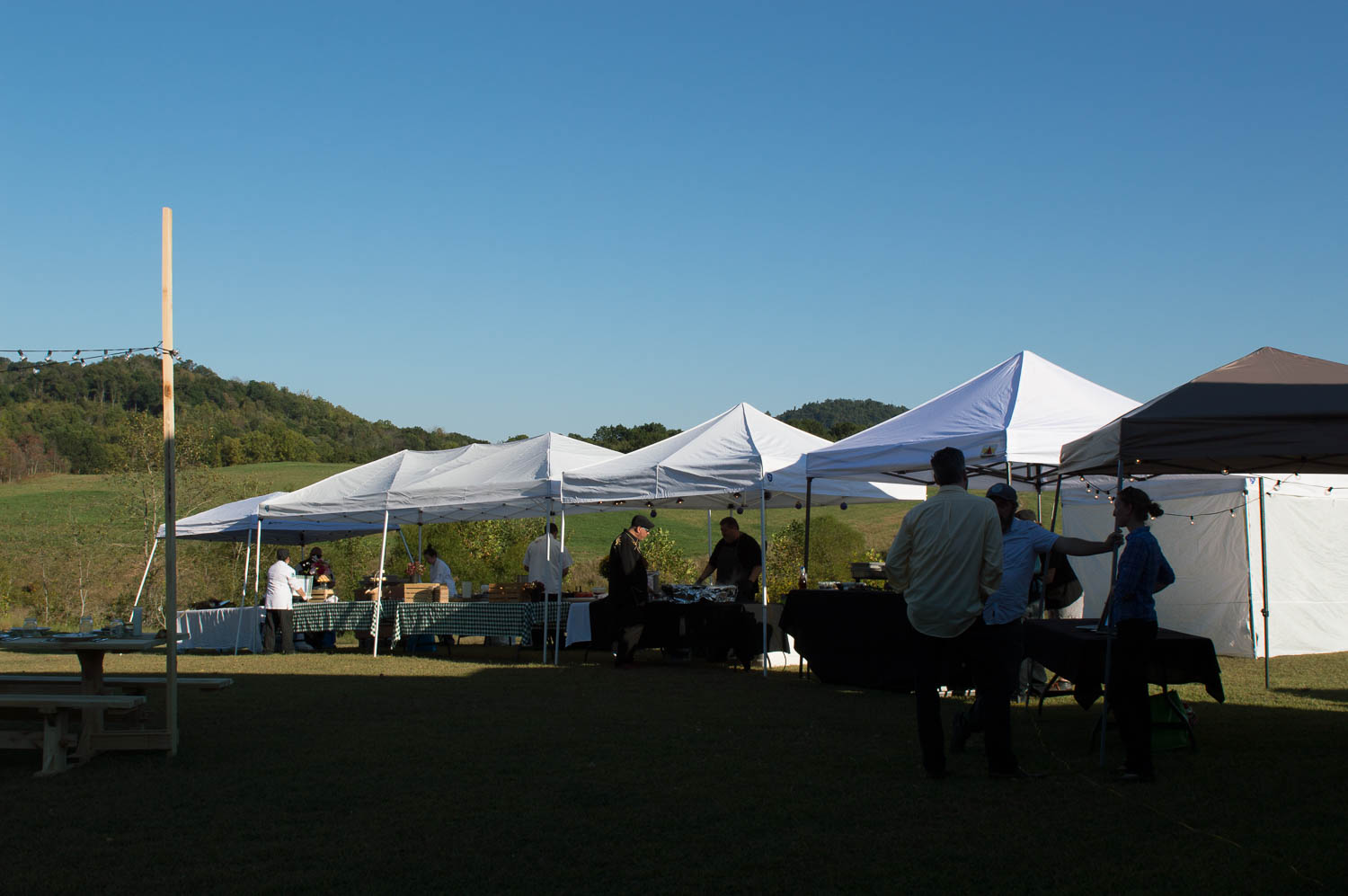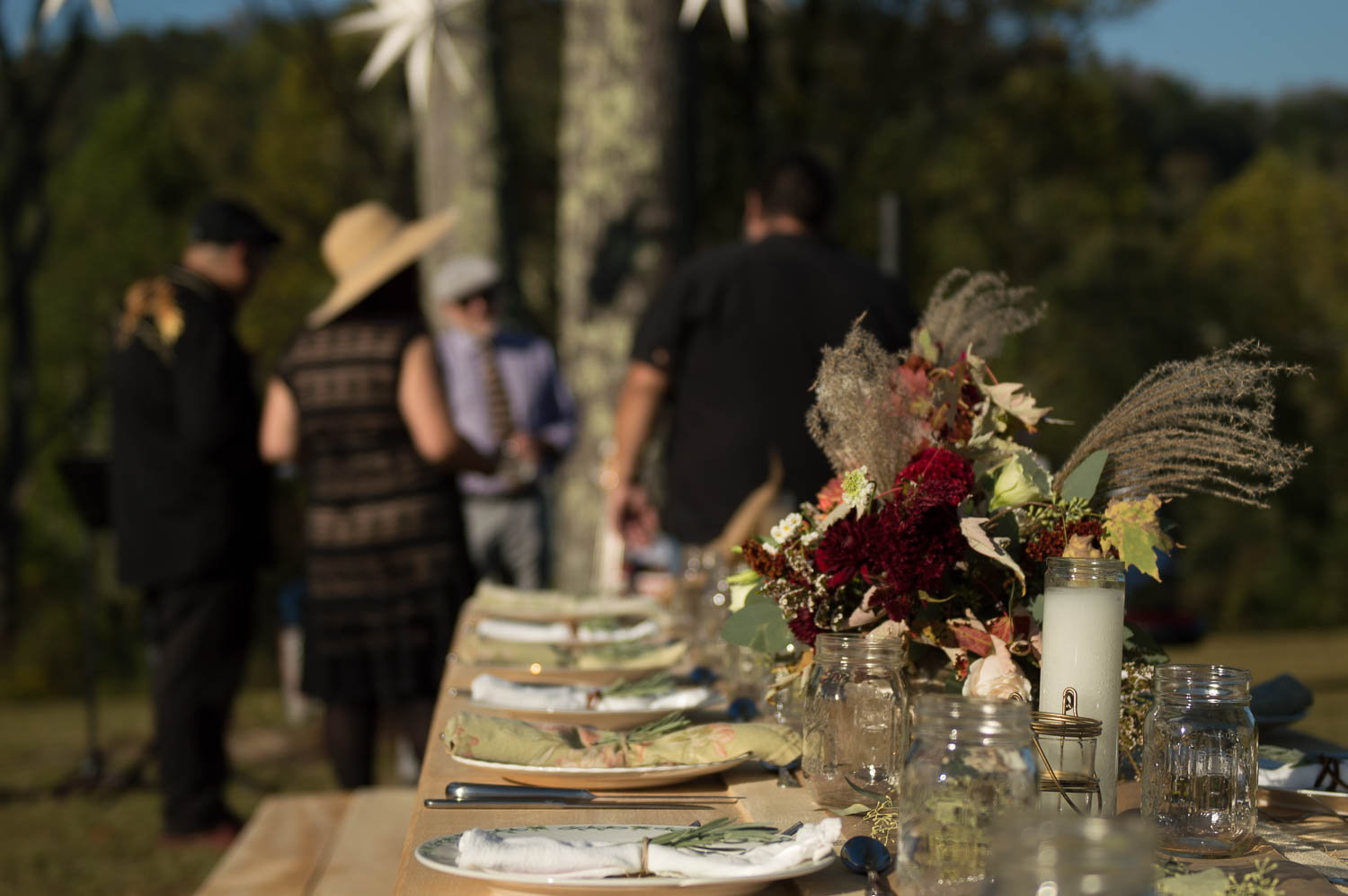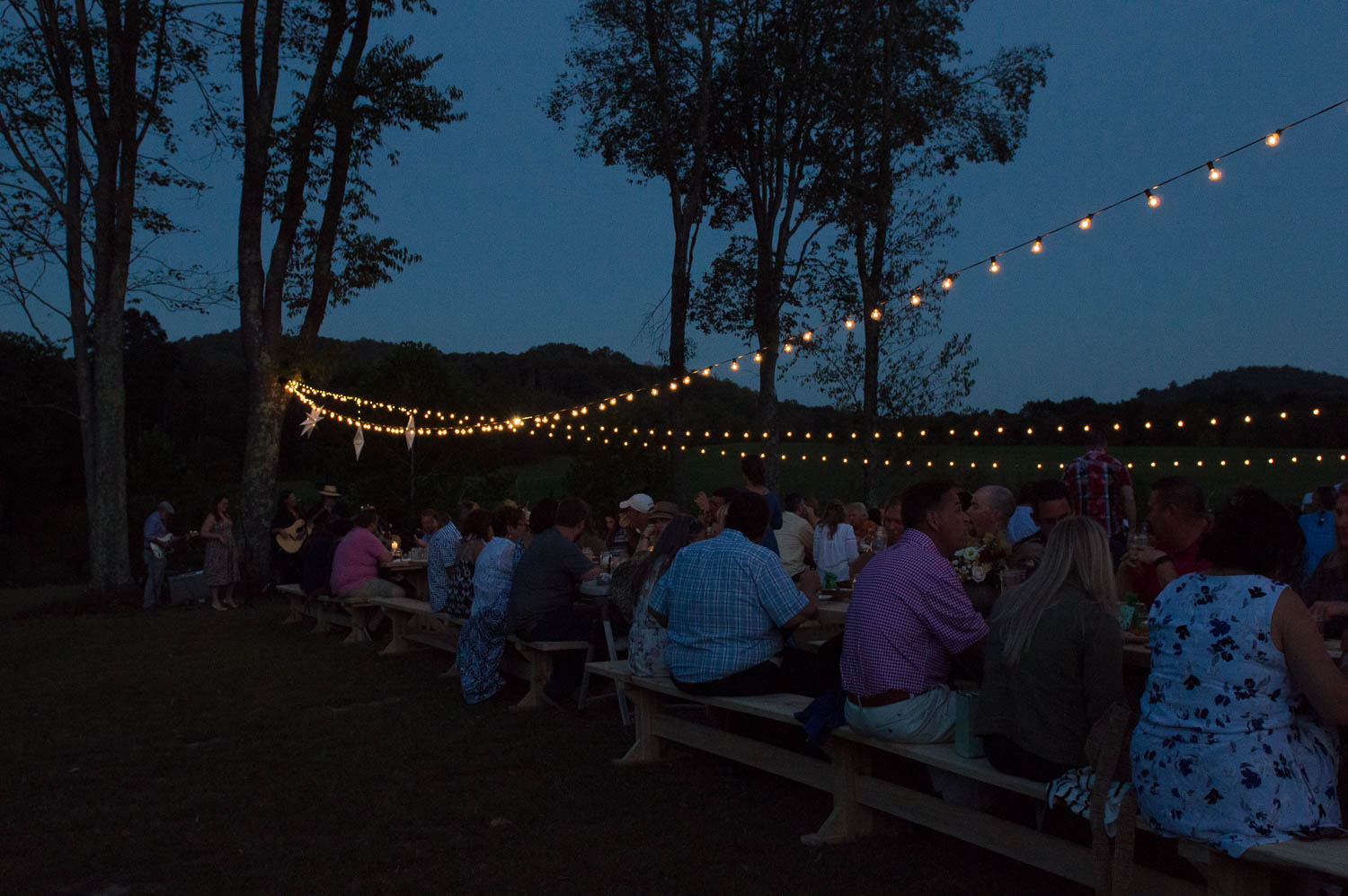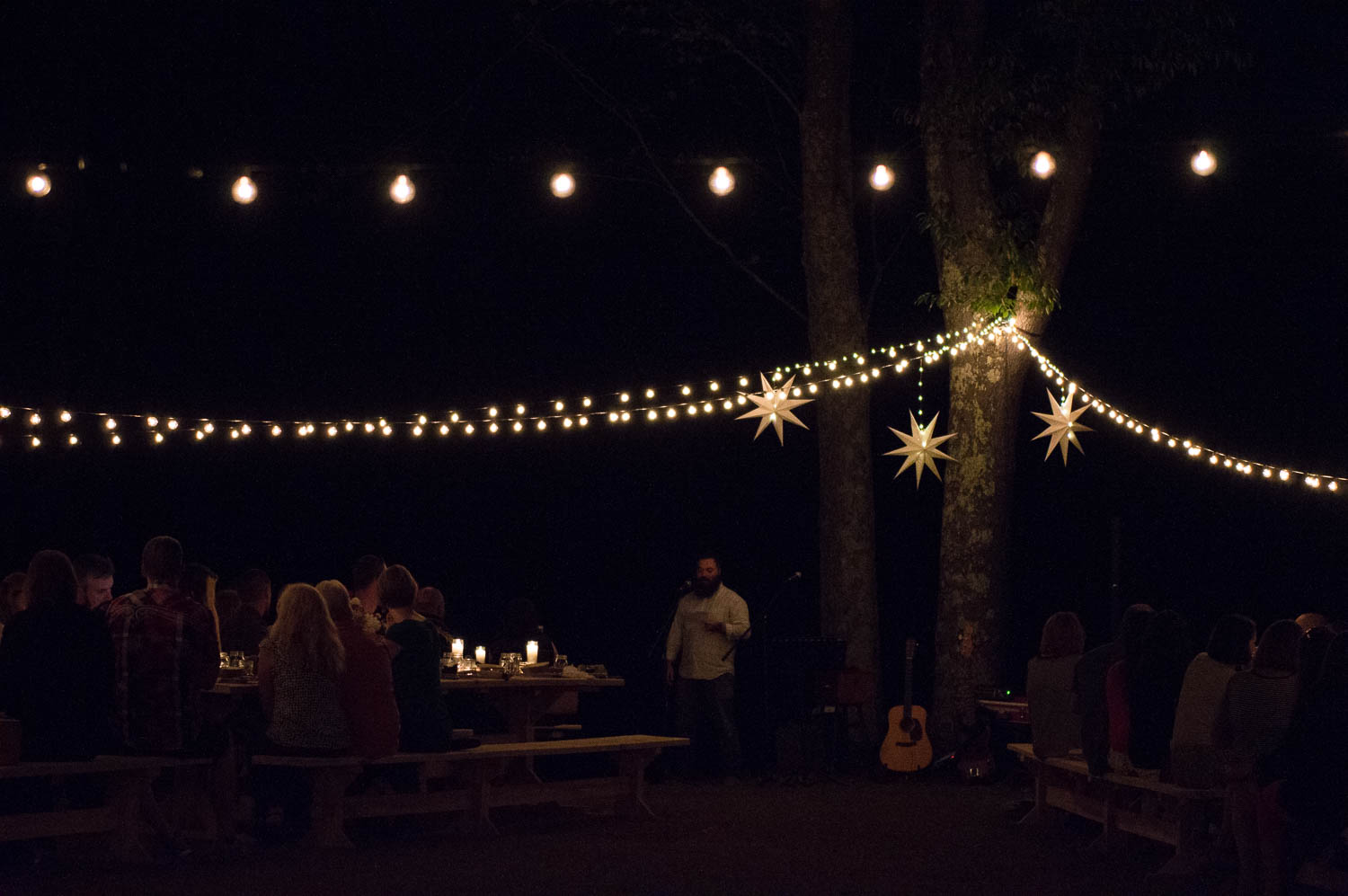My friends from the Bridgeport Farmers Market know how to throw a party.
Last Saturday was their second annual fundraising dinner, A Wild and Wonderful Table, featuring delicious dishes prepared by West Virginia chefs using local meat and produce, two signature cocktails, and my very favorite WV beer, the Halleck Pale Ale.
Not only did everything look beautiful, but I loved the way so many people contributed their particular talents to make this event come together. In addition to the organizers, who coordinated and orchestrated many moving parts, one person designed and constructed the long community-style tables using lumber he sawed himself.
Another envisioned and executed the "look" for the event, complete with vintage place settings and natural tablescapes made from brown paper and fresh herbs, topped with gorgeous flower arrangements (made by yet another market vendor), all underneath long strands of twinkling lights.
Several Sargasso bartenders made sure everyone had delicious drinks throughout the night, served up in Ball jar glasses of course.
Local musicians played throughout the night.
Did I mention the food? Yum.
This whole night would have been amazing and lovely no matter where it took place, but the fact that one group of people came together to make it happen here in North Central West Virginia . . . well, let's just say I think everyone involved truly appreciates the sense of community it represents.
Naturally I took many more pictures than this, all of which are view-able here.
